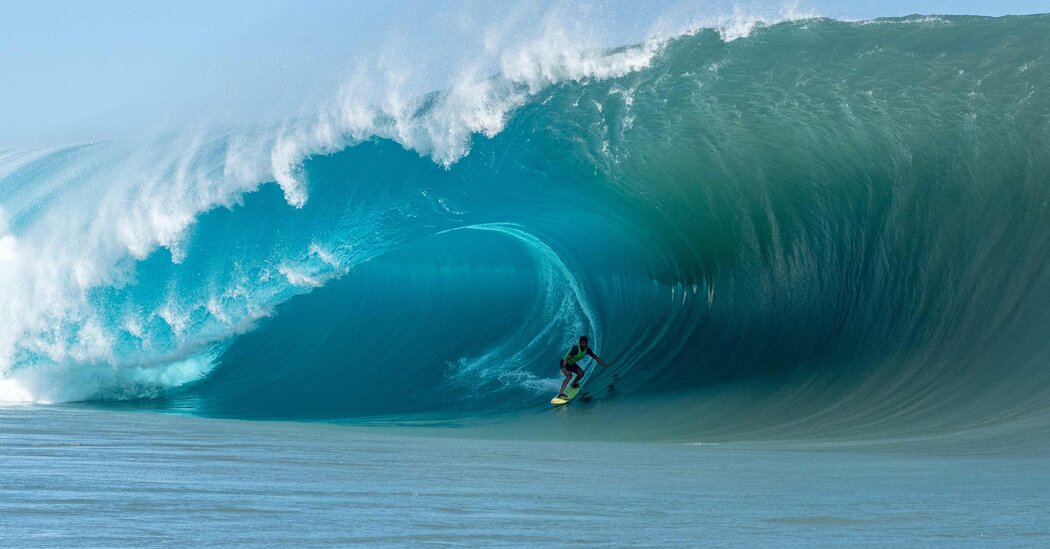
The ongoing coronavirus pandemic has added to the upheaval brought on by social media as more new surfers paddle out into local lineups without learning the local etiquette. The exploration and rites of passage it took to find these places, their secrecy or access held down across generations of surfers in some cases, can vanish with one overeager Instagram post. And one geotagged Instagram post begets another and another.
“There are people who feel like they’ve tended a garden for years, and then you come in with a dirt bike and do some doughnuts and peel out in it, kicking up dirt in their face,” said Devon Howard, the former editor of Longboard magazine and a figurehead in surfing.
Dropbox, a fun, formerly quiet spot near Mulcoy’s home in Tofino, is now so crowded he doesn’t bother surfing there. If someone shares a photo of the wave firing one day, the break is packed with new surfers the next, he said.
Some photographers have shifted their careers to respect local breaks. Chris Burkard, an outdoor photographer with 3.8 million Instagram followers, gained fame for photographs of extremely remote locations. It wasn’t his original plan: The Central Coast of California, where he’s from, is full of great waves — but ill will toward anyone photographing them.
“One of the reasons I was drawn to remote, wild places is I was so sick of dealing with things at home,” Burkard said, using an expletive, as he cited having his car vandalized and receiving death threats.
He and other photographers see no reason to name a location, even if it’s photographed.
“To me the mystery and anonymity of the surf experience is critical,” Burkard continued. “When I grew up seeing these remote beaches on the cover of Surfer, and all you were given was the name of a country, that was so cool. What started me wanting to do this as a career was literally that lack of information.”